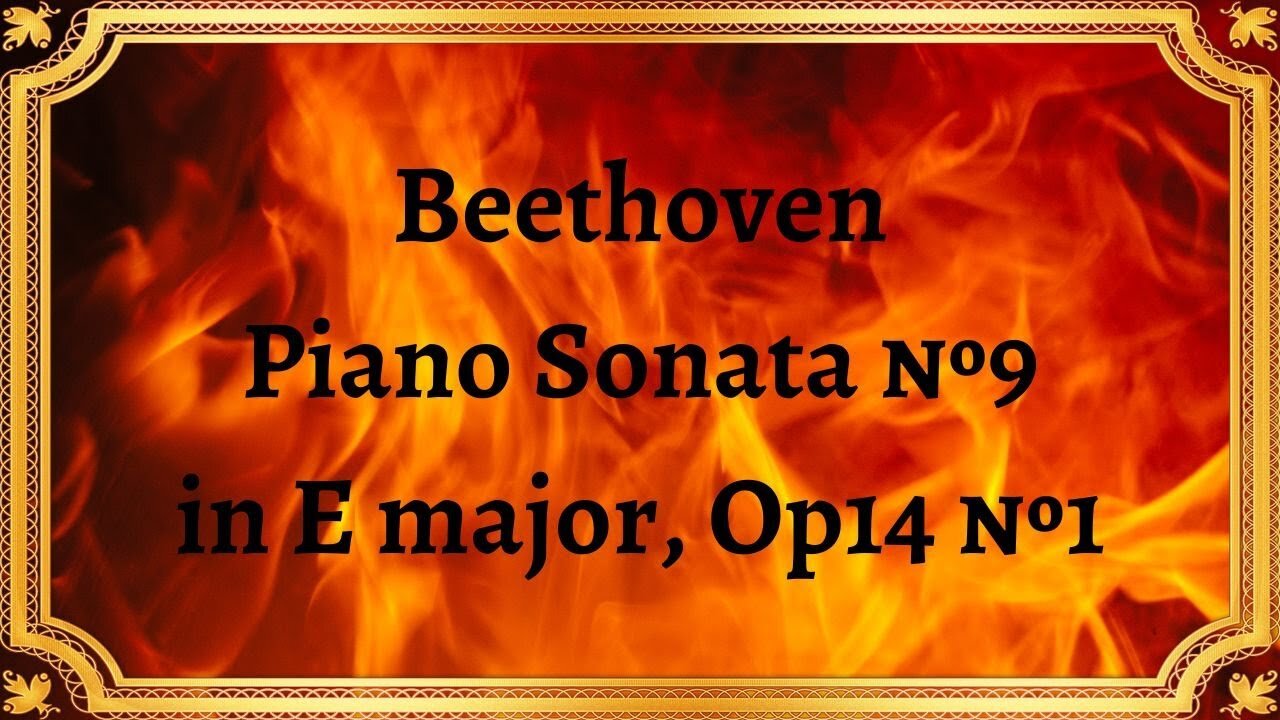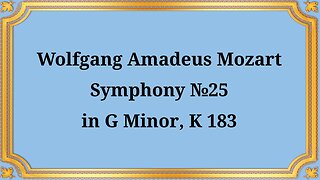Premium Only Content

Beethoven Piano Sonata No.9 in E major, Op.14 No.1
#classical_music #Beethoven #Piano_Sonata
Beethoven Piano Sonata No. 9 in E major, Op. 14 No. 1 is a captivating musical composition that showcases Ludwig van Beethoven's genius and artistic prowess.
Beethoven composed Piano Sonata No. 9 in E major, Op. 14 No. 1 in 1798, during his early period as a composer. This sonata represents a transitional phase in Beethoven's career, where he began to move away from the classical style of Mozart and Haydn and develop his unique musical language. It is a testament to Beethoven's artistic evolution and foreshadows the innovative works he would produce in the future.
The first movement, marked Allegro, is characterized by its lively and energetic nature. It opens with a joyful and catchy melody played by the right hand, which is then imitated by the left hand. Beethoven artfully explores contrasting dynamics, shifting between delicate passages and powerful chords, creating a sense of tension and release. The movement exhibits a clear sonata form structure, with an exposition, development, and recapitulation.
The second movement, marked Allegretto, provides a stark contrast to the first. It is a gentle and introspective piece, displaying Beethoven's ability to evoke deep emotions through music. The hauntingly beautiful melody is repeated and developed throughout the movement, demonstrating Beethoven's skill in creating variations. The serene and tranquil atmosphere of this movement provides a moment of respite before the energetic finale.
The final movement, marked Rondo: Allegro comodo, is a lively and spirited piece that showcases Beethoven's virtuosity as a pianist and composer. The catchy main theme, introduced at the beginning, undergoes various transformations and returns in a playful and exhilarating manner. Beethoven employs dynamic contrasts, syncopation, and rapid passages, infusing the movement with a sense of joy and excitement.
Beethoven Piano Sonata No. 9 in E major, Op. 14 No. 1 holds significant importance in the classical music repertoire. It embodies Beethoven's innovative spirit, foreshadowing the groundbreaking works he would later create. The sonata's exploration of form, expressive melodies, and contrasting emotions paved the way for Beethoven's later, more revolutionary compositions.
Throughout history, this sonata has captivated musicians and audiences alike, leaving a lasting impact on the world of classical music. Its influence can be seen in the works of subsequent composers who were inspired by Beethoven's groundbreaking approach to composition. Performances of this sonata continue to resonate with listeners, captivating them with its emotional depth and technical brilliance.
Beethoven Piano Sonata No. 9 in E major, Op. 14 No. 1 stands as a testament to Ludwig van Beethoven's musical genius and his ability to transcend the conventions of his time. Its historical significance, rich musical elements, and lasting impact make it a cornerstone of classical music repertoire.
-
 16:53
16:53
Classical music_Music Inspiration
29 days agoWolfgang Amadeus Mozart Symphony No. 25 in G minor, K. 183
441 -
 LIVE
LIVE
The Charlie Kirk Show
1 hour agoHow Trump Governs + Breaking the Barrel + Youth for Christ | Starbuck, Marlow, Knowles | 8.27.2025
3,767 watching -
 LIVE
LIVE
Side Scrollers Podcast
1 hour agoCracker Barrel CANCELS Rebrand + OG YouTuber Has Brain Tumor + More | Side Scrollers IN STUDIO
344 watching -
 LIVE
LIVE
The Mel K Show
1 hour agoMORNINGS WITH MEL K - Reexamining the US relationship with International Banks, Treaties, and NGOs 8-27-25
786 watching -
 LIVE
LIVE
The Shannon Joy Show
3 hours ago🔥🔥SAVE Baby Kit! Hospital Injects 2 Pound Baby With Hep B Vaccine Without Mom’s Consent, Injures Him Severely Then Calls CPS On The Family!🔥🔥
208 watching -
 LIVE
LIVE
Viss
1 hour ago🔴LIVE - Improve Your Battle Royale Play with Tactics & Strategy! - PUBG
154 watching -
 43:26
43:26
Grant Stinchfield
3 hours agoBallot Harvesting Scams EXPOSED: Dead Voters, Fake Signatures, Real Crimes
6.8K1 -
 1:01:40
1:01:40
VINCE
4 hours agoThe Democrats' Ticking Time Bomb | Episode 112 - 08/27/25
173K140 -
 LIVE
LIVE
JuicyJohns
4 hours ago $0.62 earned🟢#1 REBIRTH PLAYER 10.2+ KD🟢
52 watching -
 LIVE
LIVE
LFA TV
6 hours agoLFA TV ALL DAY STREAM - WEDNESDAY 8/27/25
4,762 watching